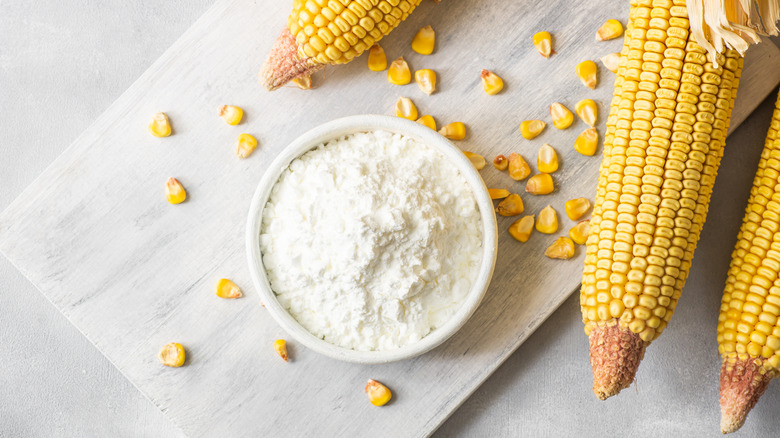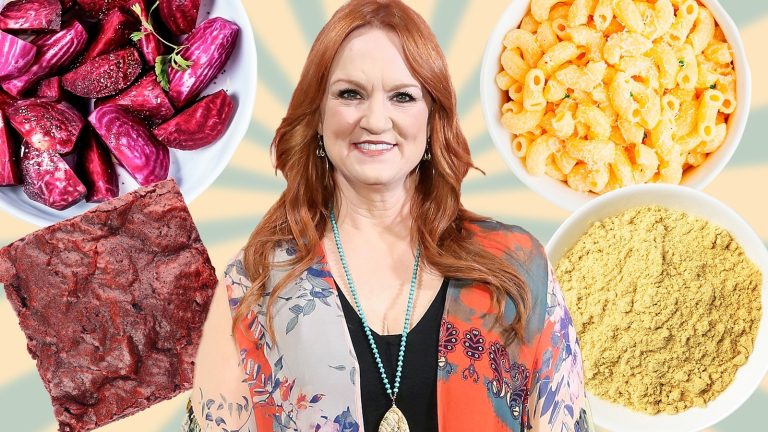So, your pot of chili is looking to be more soup than stew. A thin batch of chili can spoil most any cowboy cook’s meaty (and bean-y) endeavors. Yet there is no need to fret; there is an easy fix for your runny chili woes and it’s probably sitting in your pantry right now. Cornstarch is a white powder that has no taste. It is derived from the endosperm portion of corn that is often used in cooking and baking. Cornstarch can be used to clean your kitchen, help crisp up your fried chicken, or simply stop the breading from peeling from the meat. It is also often used in puddings and gravies, as a gluten-free, egg-free thickening agent — and it can help your chili, too.
What makes cornstarch a great thickening agent? Heat. Or at least that’s a part of the story. Cornstarch has a granular structure, which tends to burst when exposed to heat. When these granules burst, a substance called amylopectin is released. This amylopectin will glom onto water, causing your chili (or whatever liquid you add it to) to thicken up.
How to thicken up a thin chili
You won’t just want to scoop your cornstarch directly into your chili. Instead, you should make a slurry by scooping cornstarch into a small amount of water and mixing until combined. Then, stir the slurry into your simmering chili. Once combined, immediately remove from heat and serve. You will also want to be sure to use the proper amount of starch. Too much will result in a gravy rather than a stew, and using too little won’t make much of a difference in your chili at all.
To thicken up a pot of chili, you’ll need about one tablespoon of cornstarch mixed with an equal amount of water. If this doesn’t work, add in smaller increments until it is properly thickened. It is important to note that cornstarch’s thickening abilities are often most visible once cooled, so be careful not to overdo it before you glimpse your final, beefy results. If you don’t have cornstarch on hand, you can also use other starches, such as potato starch for your purposes. However, each starch is different, and it should be noted that potato starch is much more efficient at thickening, so it’s easier to overdo it. Plus, cornstarch is more readily available for most home cooks. No need to worry about a thin bowl of chili — a stand-out meal is just one cornstarch slurry away.






